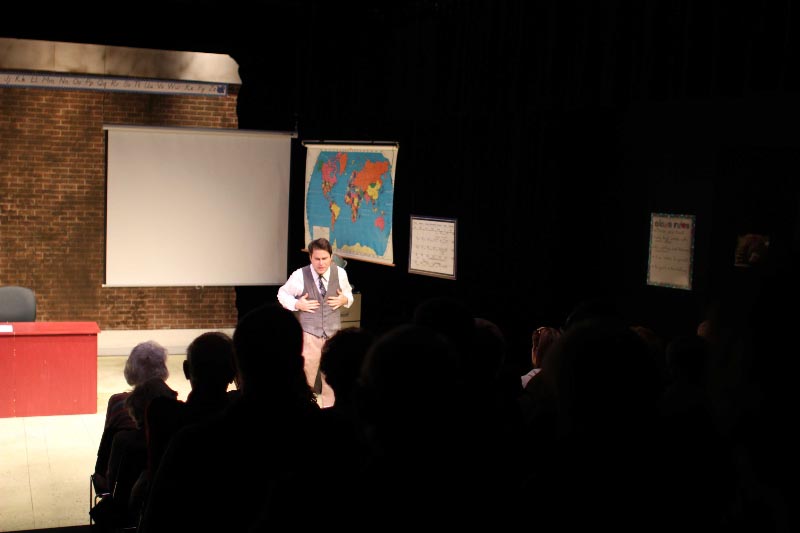History of long-lost campus lake revealed
Walking along the west side of campus past the Physical Sciences Building and McAfee Gym, passersby will likely recognize no signs that both buildings now stand upon the bed of a long-lost lake.
Lake Ahmoweenah experienced a short-lived and uncertain life as a prominent feature of Eastern’s campus, said Eastern archivist Robert Hillman.
Before Eastern, then known as Eastern Illinois State Normal School, was established in 1895, a brickyard operated where the Physical Sciences Building now stands, Hillman said. A pit was dug where McAfee Gym now stands that was used to collect clay for making bricks.
The pit was given new life in 1895 when Charleston won out against 12 other cities in Illinois to become the home of Eastern Illinois State Normal School.
Hillman explained that a committee was set up by the state to determine where the university would be located.
One of the crucial elements that led to Charleston being chosen was the fact that the city guaranteed water to the university at a nominal rate of $5 for 50 years.
As a result of having access to cheap water, the university transformed the clay pit into a thriving body of water by always keeping it filled, Hillman said.
Now that the body of water had become such a central part of the campus’ identity, a name was soon to follow.
“According to school tradition, (Lake Ahmoweenah) was named in 1899 by a member of the Board of Trustees,” wrote Charles Coleman, former history professor and chairman of the Social Science Department, in Eastern Illinois State College: Fifty Years of Public Service, published in 1950.
Hillman said although he has heard stories that the name Ahmoweenah came from the name of a Filipino princess, the lake’s name was most likely created to resemble a Native American word or name.
Looking at the few photos that remain of Lake Ahmoweenah, Hillman said at its largest, the lake extended as far north as Old Main, east to the Student Services Building, south to Ford Hall and west just past Fourth Street.
Along with being a place of relaxation, Lake Ahmoweenah was also a fishing spot for students and community members in the summer and an ice skating rink in the winter, Hillman said.
However, Lake Ahmoweenah’s days were numbered.
As Eastern’s campus grew and created a larger demand for water, the city could no longer incur the expense of supplying water, and water works became strained, Hillman said.
In 1913, Charleston informed Eastern that it would have to begin charging the university for water and installed water meters on campus.
Eastern pushed back, claiming the city was not honoring its original agreement of providing water to the university for $5 for 50 years.
“The university sued the city for stopping supplying water…as it had been agreed upon,” Hillman said.
The case went all the way to the Illinois Supreme Court, where a decision was handed down in 1916 that Charleston had the right to charge the university for water services.
With water meters now installed on campus, Eastern could no longer afford to keep Lake Ahmoweenah filled. Because the lake’s only significant source of water was from the city, it soon began to shrink.
“The lake kept getting smaller and smaller and filling in with silt,” Hillman said. “It lasted as a remnant of its former self for quite a few years after 1913.”
Coleman wrote that after each dry spell on campus, Lake Ahmoweenah became “a slime and algae covered haven for frogs, threatened with total extinction by the end of each summer.”
By the 1920s, Ahmoweenah was so low that it became an eyesore of little use on campus, Coleman wrote.
The only activities the lake could support were tug-of-war matches between freshmen and sophomores, the muck and mud serving a wretched defeat to the losing team.
Lake Ahmoweenah’s end came in the spring of 1937 when the lake was drained and filled in to make way for construction of the Health Education Building, now McAfee Gym.
Walking along the east side of the Physical Sciences Building and McAfee Gym presently, all a student will see that remains of Lake Ahmoweenah is a large cottonwood tree at the northeast corner of McAfee Gym that once stood along the lake’s bank, as well as the Commemorative Courtyard south of McAfee Gym that rests upon one of the deepest areas of what was once Lake Ahmoweenah.
Tim Deters can be reached at 581-2812 or tadeters@eiu.edu.

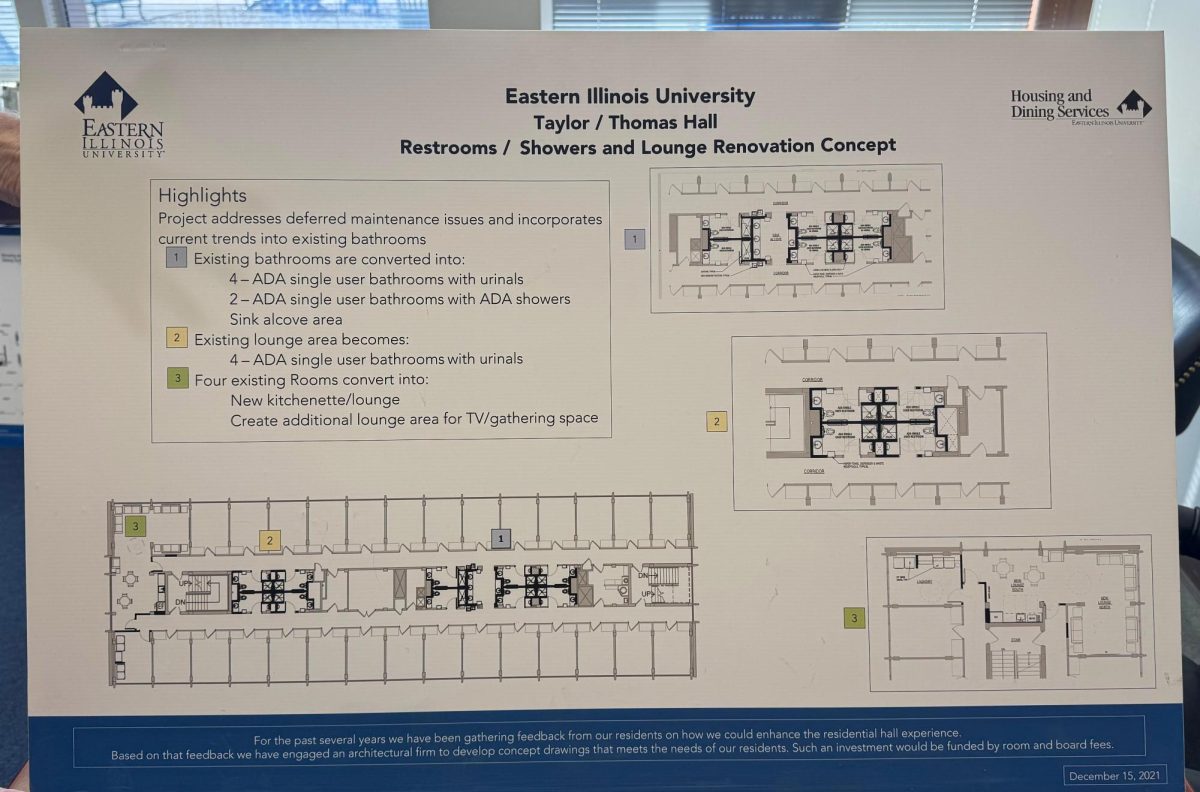
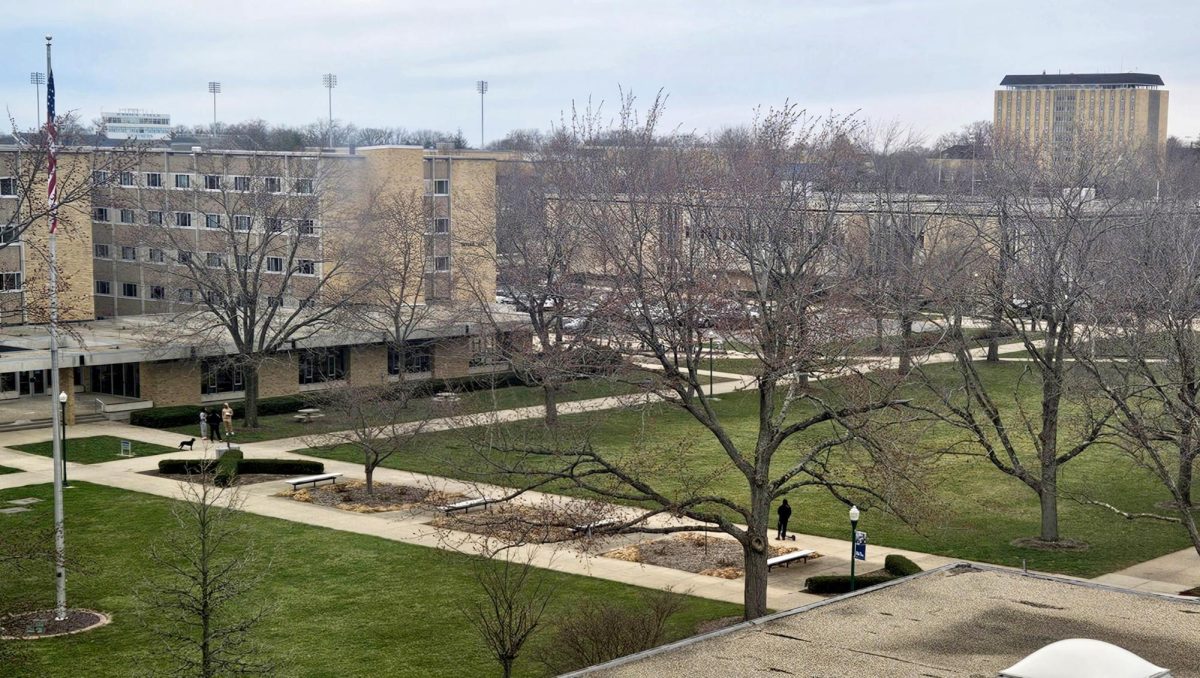


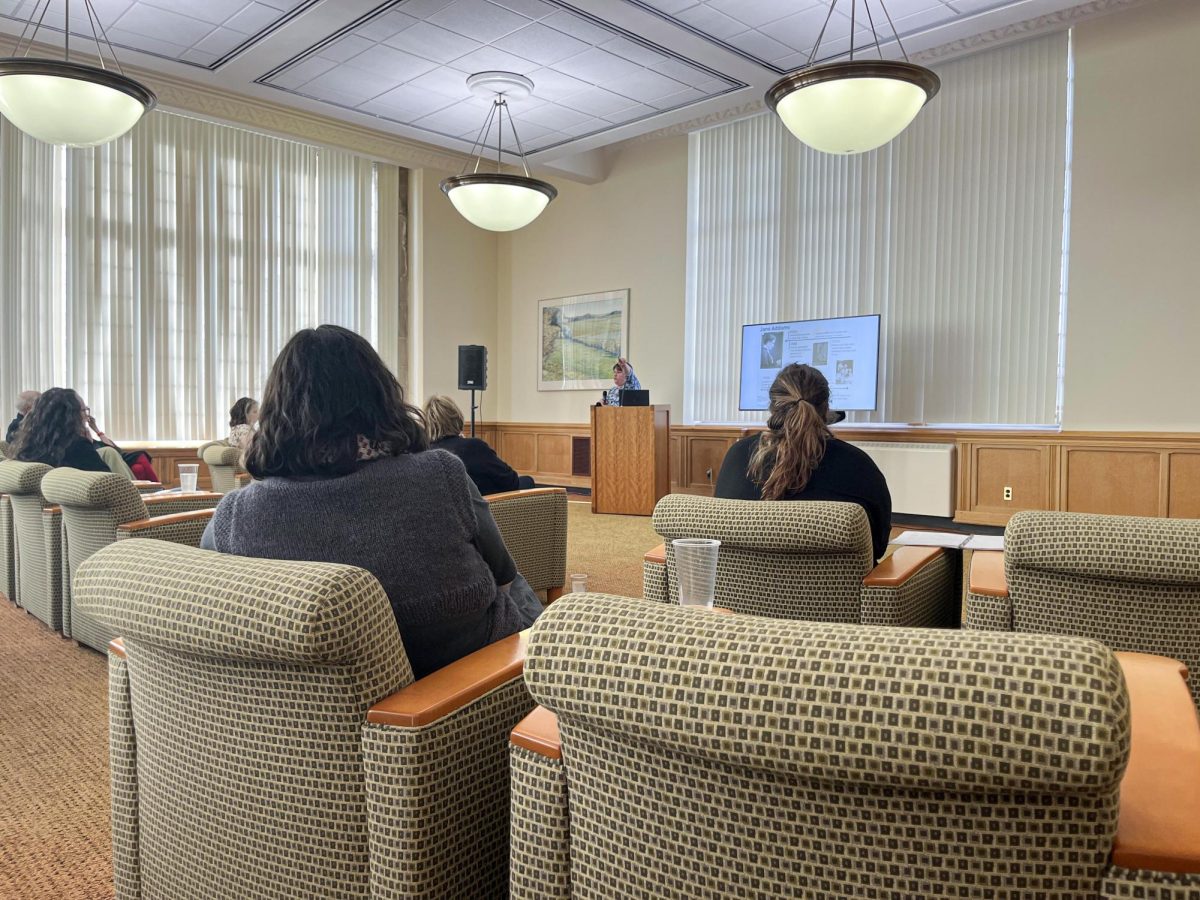

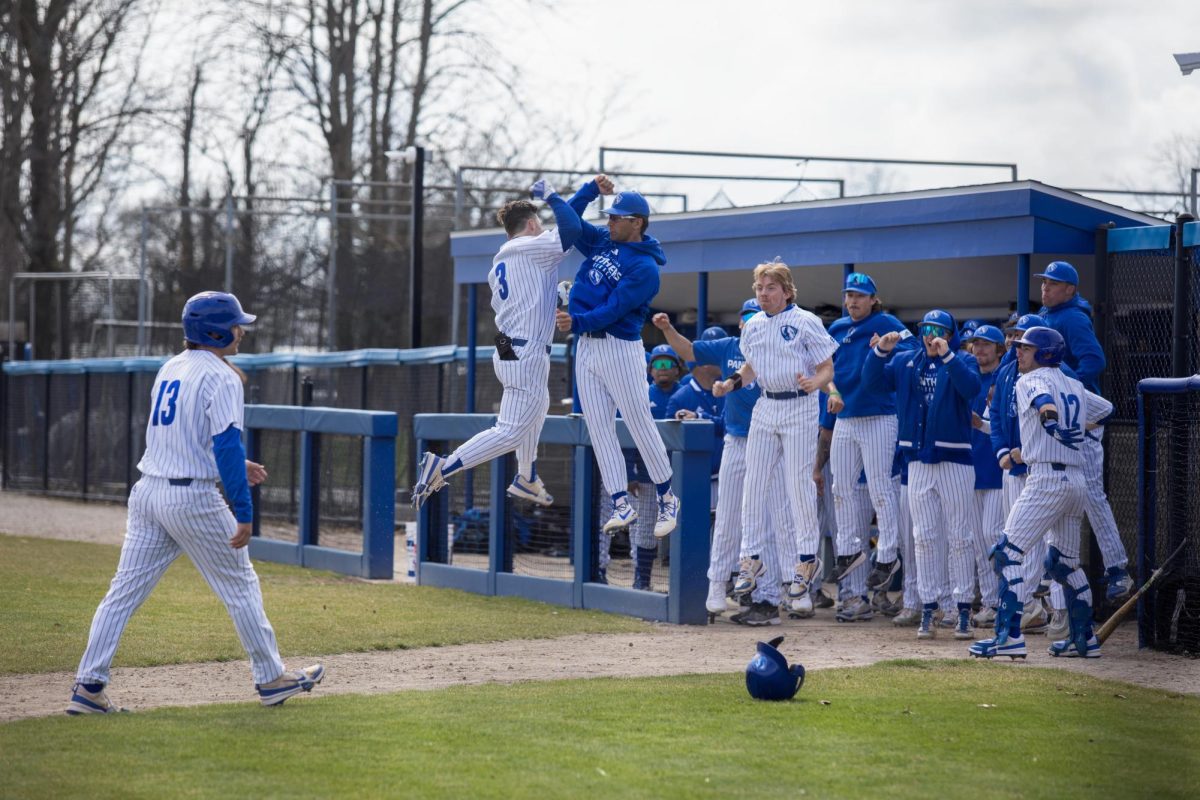
![[Thumbnail Edition] Eastern Illinois University baseball senior utility player Tyler Castro fields a ground ball during the team's first intrasquad scrimmage of the season on Jan. 31.](https://www.dailyeasternnews.com/wp-content/uploads/2025/03/BB_01_O-e1742874760130-1-e1742907504722-1200x911.jpg)

![[Thumbnail Edition] Senior tennis player Luisa Renovales Salazar hits the tennis ball with her racket at the Darling Courts at the Eastern Illinois University campus in Charleston, ILL.](https://www.dailyeasternnews.com/wp-content/uploads/2025/03/Tennis_01_O-1-e1741807434552-1200x670.jpg)
























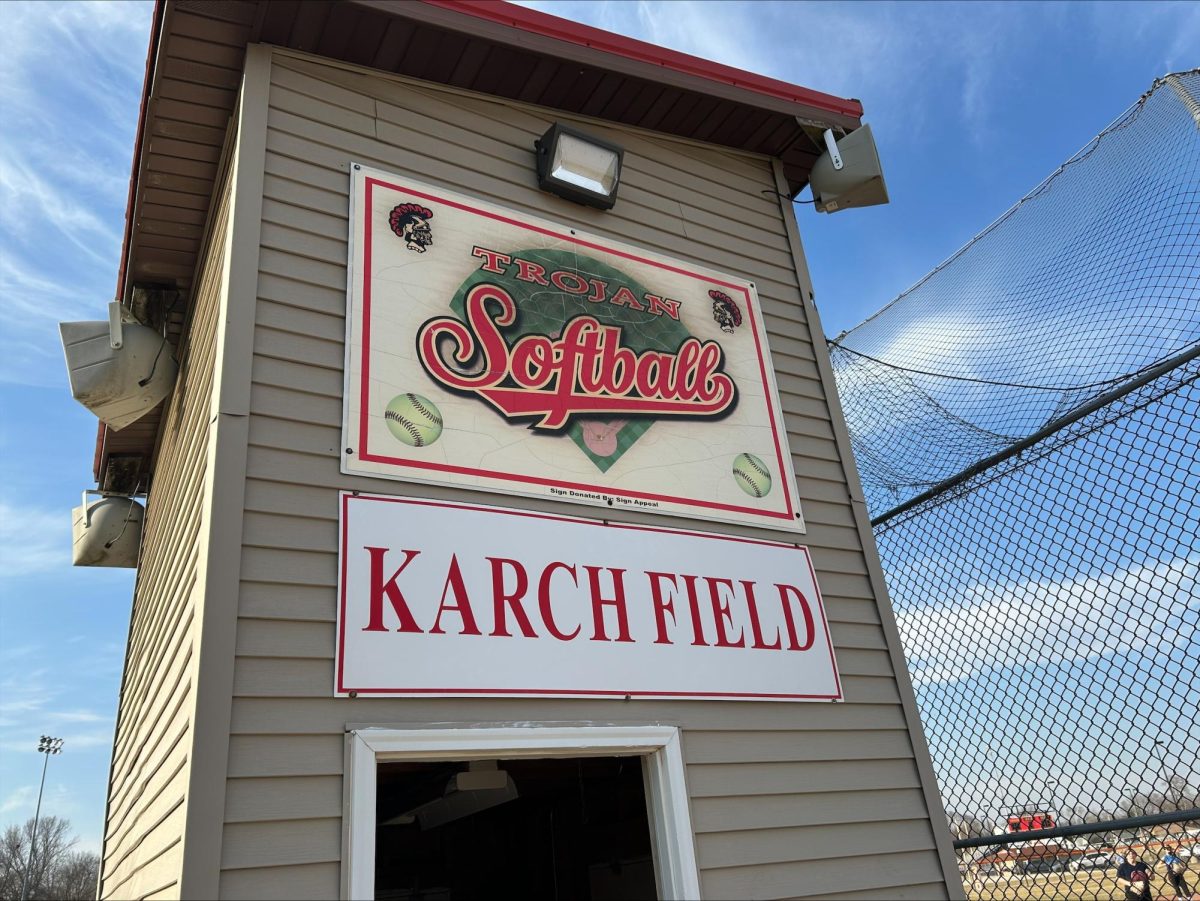
![[Thumbnail Edition] Senior right-handed pitcher Tyler Conklin pitching in the Eastern Illinois University baseball team's intrasquad scrimmage at O'Brien Field in Charleston, Illinois on Jan. 31.](https://www.dailyeasternnews.com/wp-content/uploads/2025/03/TC_01_O-e1741567955534-1200x669.jpg)
![E[Thumbnail Edition] Eastern Illinois softball freshman utility player Abbi Hatton deciding to throw the softball to home plate in a fielding drill during softball practice at the field house in Groniger arena on Tuesday Feb. 11.](https://www.dailyeasternnews.com/wp-content/uploads/2025/03/SB_03_O-e1741208880750-1-e1741209739187-1200x815.jpg)

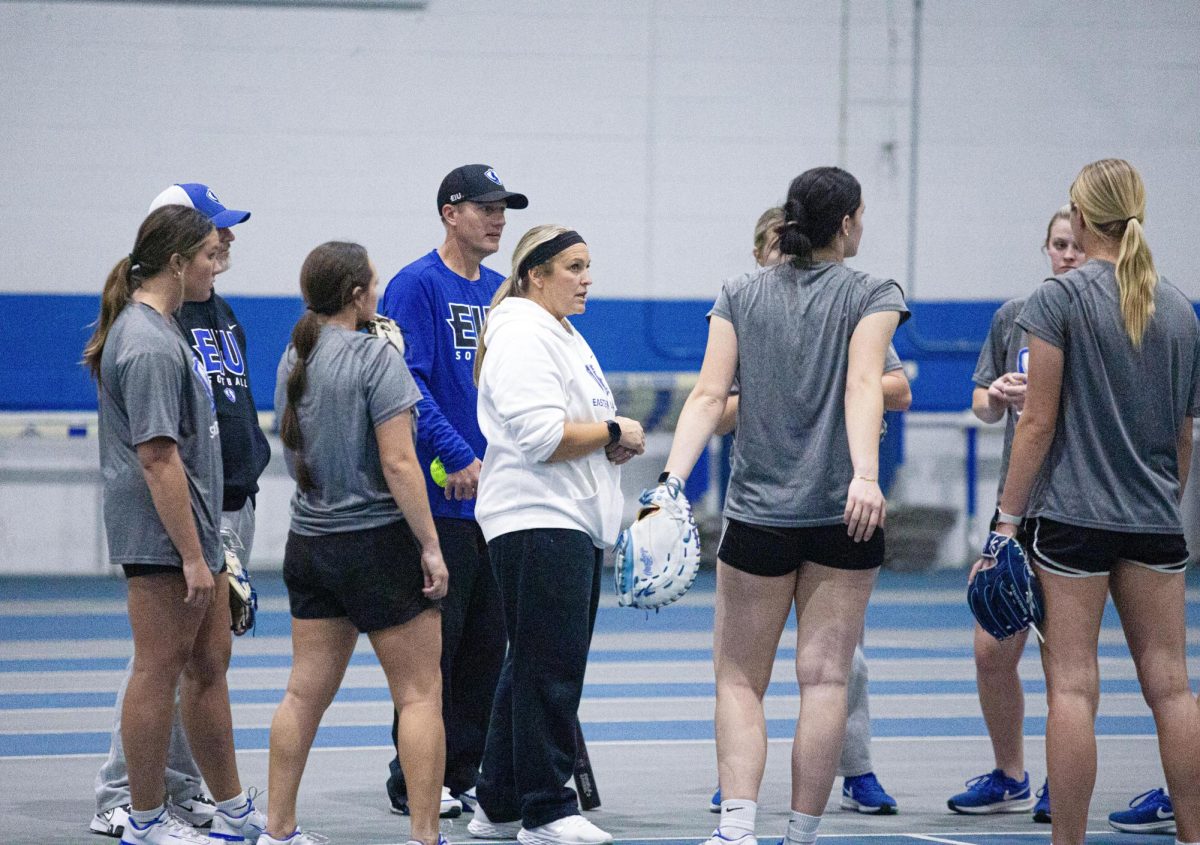













![The Weeklings lead guitarist John Merjave [Left] and guitarist Bob Burger [Right] perform "I Am the Walrus" at The Weeklings Beatles Bash concert in the Dvorak Concert Hall on Saturday.](https://www.dailyeasternnews.com/wp-content/uploads/2025/03/WL_01_O-1200x900.jpg)
![The team listens as its captain Patience Cox [Number 25] lectures to them about what's appropriate to talk about through practice during "The Wolves" on Thursday, March 6, in the Black Box Theatre in the Doudna Fine Arts Center in Charleston, Ill.](https://www.dailyeasternnews.com/wp-content/uploads/2025/03/WolvesPre-12-1200x800.jpg)


